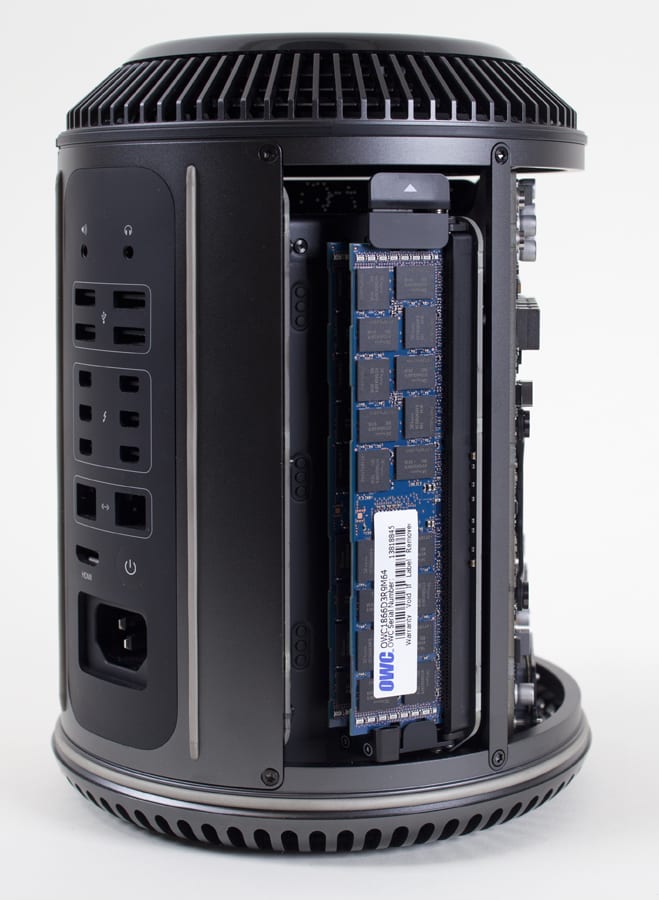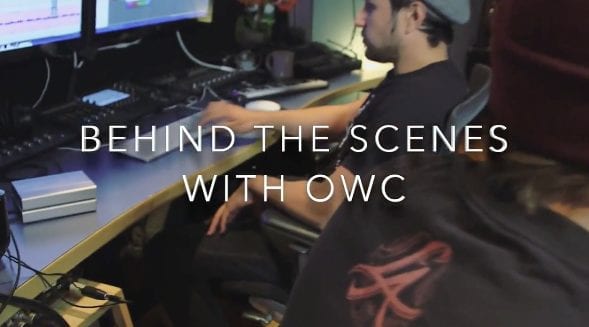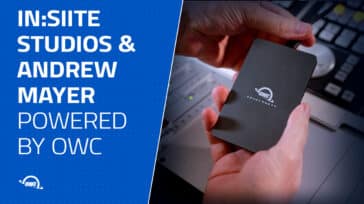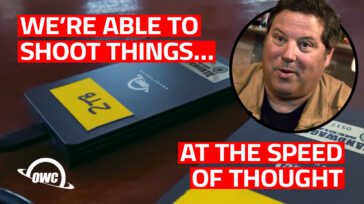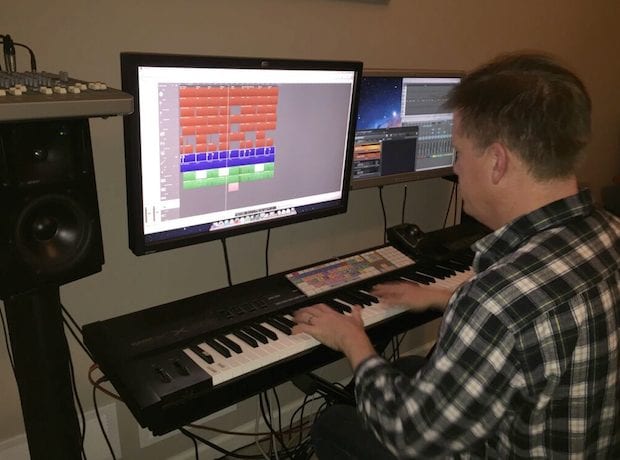
For most visual storytelling professionals, music is more than just white noise filler; it sets the tone, the mood, the drama and excitement of a video project. Many producers and directors admit that just the right music at the right time can be more powerful than the audio script.
Adding a band or orchestra to a film project is nice; but for filmmakers who have a tight budget and limited time, today’s software instruments can be as effective, more efficient and more economical.
Dennis Radeke, who works for the media and entertainment industry’s leading content creation, production and post production software and service firm, finds that creating music is as rewarding as advising major studio and production clients on how to get the optimum results from his firm’s software and services.
Radeke’s passion for music began at age seven when he started taking piano lessons. He continued the lessons for most of the time he was in college. He also learned to play drums, bass and even the trumpet. While he had a number of piano recitals as part of taking lessons, he has never really been about performance. Instead, he finds more enjoyment in writing music.
Just before MIDI (Musical Instrument Digital Interface) was introduced, he began working part time at Sam Ash, a major music retailer. Leveraging his background in playing the piano and many other instruments, he learned how to create the various sounds with his computer and keyboard.
Radeke, who enjoys writing in different meters other than 4/4, is a strong enthusiast of composers like Beethoven and Ravel from the Romantic period of classical music and classic American composers such as Gershwin and Copeland.
“On the rock music scene, I was always into Progressive music, so groups like Rush, the old Genesis, Pink Floyd and Yes were all influences,” he added.
His 2007 Mac Pro was still a shining creative powerhouse for most of his creative music work but was beginning to feel slow and underpowered for some of his newest music experimentation. But like most independent music makers, investing in a new computer system every couple of years is often difficult to justify.
“I did some of my own performance testing and considered the newest systems; but after looking at my options, I felt that with the right upgrades I could meet or even surpass the performance of a new computer and save money,” Radeke said.
He had already done some earlier memory upgrades with OWC, so he had four 1GB, two 2GB as well as two 512MB units and felt with some added upgrades, he would have the ultimate system he really wanted.
His initial Mac tests showed he was getting stopwatch boot time of 52.75s, 50.68; 5GB drive performance of 68.4/61.0MB/s; drive read of 69.2/60.1MB/s; CineBench CPU score – 566cb; and opening of “Groove Song” with logic already open – 21.95 seconds.
Grinning, he added, “It was pretty obvious that there was still a lot of creative work the two of us could do with the right enhancements.”
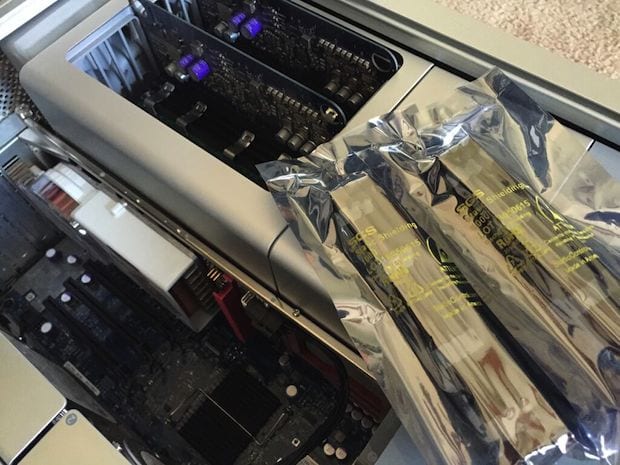
To improve processing performance for his Mac Pro quad core/8 core system, he added 8GB of RAM and took advantage of OWC’s online installation videos.
Radeke noted that while some people may be reluctant to open their system and do their own installation, the online how-to videos virtually eliminate installation and testing errors.
Looking for other upgrade and expansion opportunities, he found that he had never used the optical drive that came with the system and felt the space could be put to good use for another high-speed storage solution.
He removed the unused optical drive and replaced it with a NewerTech AdaptaDrive converter bracket and installed a 1TB Mercury Electra 6G SSD to maximize start-up and I/O performance. The fully SATA- (serial ATA) compliant solution enabled him to consistently achieve 6GB/s performance.

To ensure that he had, in fact, spent his limited budget and time wisely, he conducted another series of Mac tests following the upgrade: stopwatch boot time – 29.38, 28.86; 5GB drive write – 238.6MB/s; drive read – 256.4MB/s; CineBench CPU score – 562cb; opening “Groove Song” 4.97 seconds; opening logic 9.1.8 plus “Groove Song – 10.69 seconds.
When he checked the results against those of newer Mac Pros, he knew he had made the best decision.
Even with all of the improved system performance he has, Radeke isn’t planning to perform before an audience anytime soon. He finds he gets a lot more enjoyment and satisfaction just writing and creating music for himself.
“Writing music is like a puzzle that needs to be figured out inside your head,” he noted. “The journey is the most pleasant part of the writing process and gives you the satisfaction that you accomplished something.”
However, with the economically rejuvenated system, he added, “I could probably write a whole score for an orchestra now … if I just have the patience. Unfortunately, there’s no system upgrade for that.”
